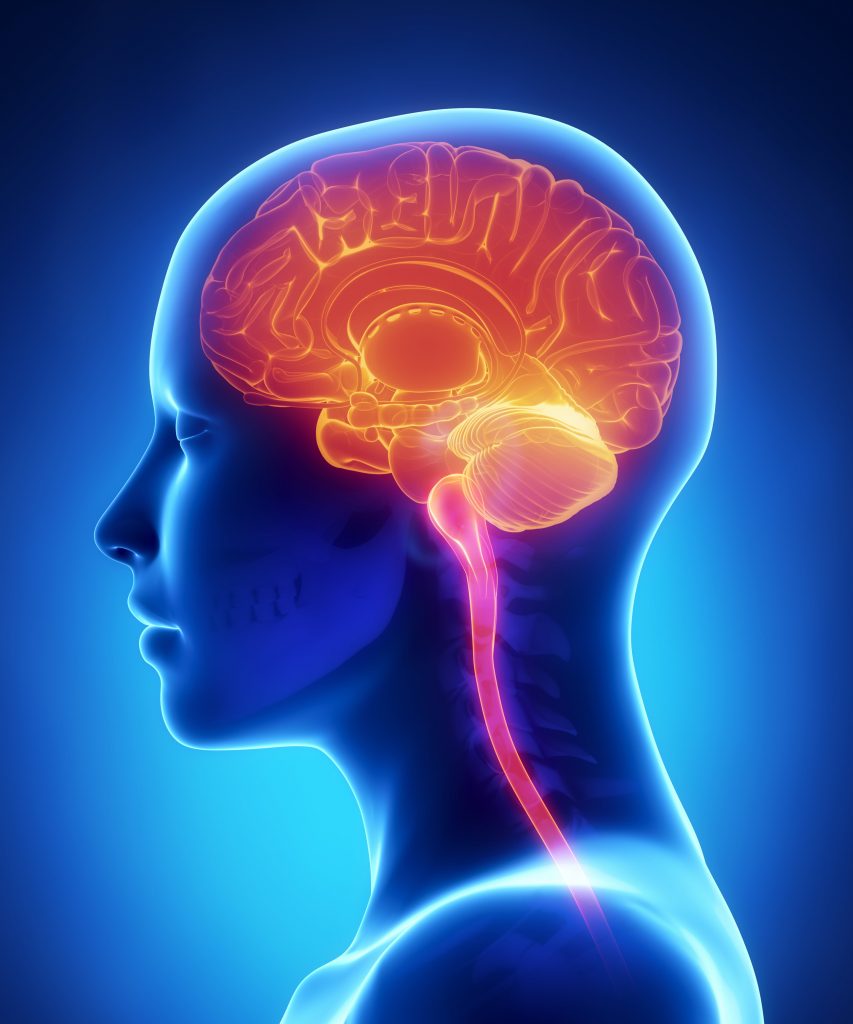The absence of thought and peace of mind creates an "intense well-being" that allows for regeneration.
Impact of thoughtlessness on the brain


The neuro-physiological effects of mindless meditation
The Neurobiology of Meditation and its clinical effectiveness in Biological Psychology. Rubia K., 2009 King’s College University, London UK
L’impact de la méditation sans pensée
Neuroscience. L’expérience de la méditation en conscience sans pensée est l’origine d’un niveau intense de bien-être, d’un équilibre émotionnel et d’un meilleur traitement de l’information.
Hernandez, S.E., Suero, J., Barros, A., Gonzalez-Mora, J.L., Rubia, K., “Increased grey matter associated with long-term meditation: A Voxel-Based- Morphometry study.” PLOS ONE 11(3)
(2016): e0150757.
Manocha R, Black D, Wilson L. Quality of life and functional health status of long-term meditators. Evidence-Based Complementary and Alternative Medicine. 2012;2012.
Medical Science.Practitioners of this meditation all demonstrate a lower level of stress and an improvement in mental and physical well-being compared to the more widespread meditation practices.
Manocha R, Marks GB, Kenchington P, Peters D, Salome CM. Sahaja yoga in the management of moderate to severe asthma: a randomised controlled trial. Thorax. 2002 Feb 1;57(2):110-5.
Harrison LJ, Manocha R, Rubia K. Sahaja yoga meditation as a family treatment programme for children with attention deficit-hyperactivity disorder. Clinical Child Psychology and Psychiatry. 2004 Oct;9(4):479-97.
Manocha R, Semmar B, Black D. A pilot study of a mental silence form of meditation for women in perimenopause. Journal of Clinical Psychology in Medical Settings. 2007 Sep 1;14(3):266-73.
Management. Les dirigeants ayant pratiqué la méditation en conscience sans pensée démontrent un changement de valeur, un équilibre émotionnel et des prises de décisions d’une plus haute responsabilité étique et morale.
Lenssen G, Tyson S, Pickard S, Bevan D, Zollo M, Minoja M, Casanova L, Hockerts K, Neergaard P, Schneider S, Tencati A. Towards an internal change management perspective of CSR: evidence from project RESPONSE on the sources of cognitive alignment between managers and their stakeholders, and their implications for social performance. Corporate Governance: The international journal of business in society. 2009 Aug 8.
Schneider SC, Zollo M, Manocha R. Developing Socially Responsible Behaviour in Managers: Experimental Evidence of the Effectiveness of Different Approaches to Management Education. Business schools under fire: Humanistic management–Education as the way forward, Houndmills, Basingstoke, Hampshire: Palgrave Macmillan. 2011 Aug 9:238-45.
Crilly D, Schneider SC, Zollo M. Psychological antecedents to socially responsible behaviour. European Management Review. 2008 Sep;5(3):175-90.